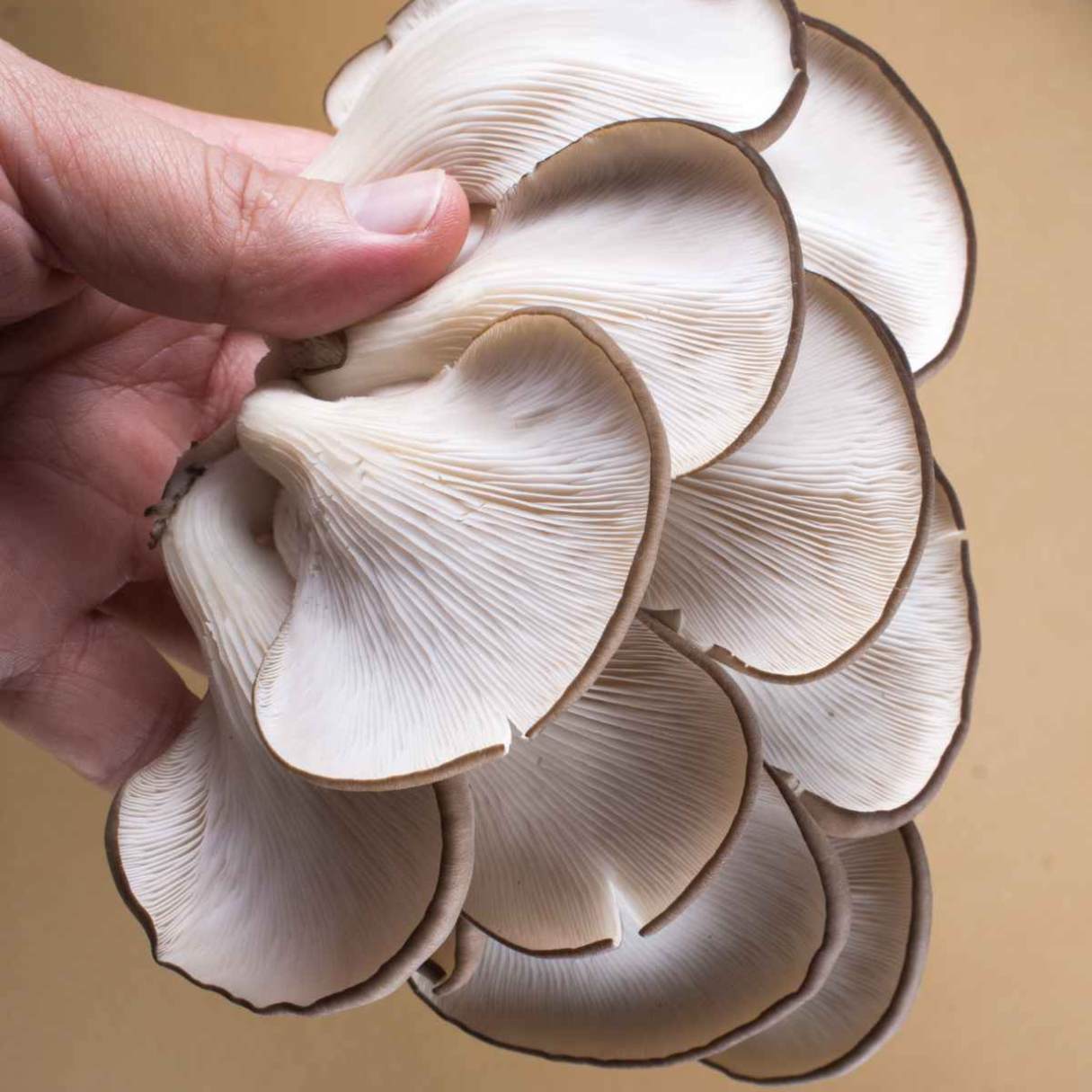

Articles
How To Store Oyster Mushrooms
Modified: August 25, 2024
Learn how to properly store oyster mushrooms in this informative article. Discover the best methods to maintain freshness and extend their shelf life.
(Many of the links in this article redirect to a specific reviewed product. Your purchase of these products through affiliate links helps to generate commission for Storables.com, at no extra cost. Learn more)
Introduction
Oyster mushrooms are a popular and versatile ingredient that adds a delightful flavor and texture to various dishes. Whether you grow them yourself or purchase them from a local farmer’s market or grocery store, knowing how to store oyster mushrooms properly is crucial to maintain their freshness and extend their shelf life.
In this article, we will explore different storage methods for oyster mushrooms, including refrigerator storage, freezing, drying, and canning. We will also discuss the proper preparation techniques before storing and provide tips for storing oyster mushroom spawns for future cultivation.
By following these guidelines, you can ensure that your oyster mushrooms stay fresh and flavorful for an extended period, allowing you to enjoy them in your favorite recipes throughout the year.
Key Takeaways:
- Properly storing oyster mushrooms is crucial for preserving their freshness and flavor. Choose the right method based on your needs, whether it’s short-term refrigeration or long-term freezing, drying, or canning.
- Before storing oyster mushrooms, ensure they are properly cleaned, trimmed, and prepared according to your intended storage method. This helps maintain their quality and minimizes the risk of spoilage during storage.
Read more: How To Store Oysters
Choosing the Right Storage Method
When it comes to storing oyster mushrooms, it is essential to choose the right storage method based on your needs and the desired shelf life. Here are the most common storage methods for oyster mushrooms:
- Refrigerator Storage: This method is perfect if you plan to use your oyster mushrooms within a week. It involves storing them in the refrigerator to slow down the degradation process.
- Freezing: Freezing oyster mushrooms is a great option if you want to extend their shelf life for several months. Frozen oyster mushrooms can be used in various recipes straight from the freezer.
- Drying: Drying is an excellent preservation method that allows you to enjoy oyster mushrooms all year round. Dried mushrooms can be rehydrated before use and are perfect for soups, sauces, and stir-fries.
- Canning: Canning is another popular method that involves sealing oyster mushrooms in jars. Canned mushrooms can last for an extended period and are convenient for quick and easy meal preparation.
When choosing the right storage method, consider factors such as the desired shelf life, convenience, and the intended use of the mushrooms. Each storage method has its advantages, so pick the one that suits your needs best.
Preparing Oyster Mushrooms for Storage
Before storing oyster mushrooms, it is crucial to properly prepare them to ensure optimal freshness and quality. Here are the steps to follow when preparing oyster mushrooms for storage:
- Clean: Start by gently brushing off any visible dirt or debris from the mushrooms using a soft brush or a clean cloth. Avoid washing them with water, as mushrooms tend to absorb moisture, which can shorten their shelf life.
- Trim: Inspect the mushrooms for any damaged or discolored parts. Trim them off using a sharp knife or kitchen shears. Removing these parts will help prevent the spread of spoilage and extend the mushrooms’ shelf life.
- Slice or Leave Whole: Depending on your preference and intended use, you can either slice the oyster mushrooms into smaller pieces or leave them whole. Sliced mushrooms may be more convenient for certain recipes, while whole mushrooms can be used as a centerpiece or for presentation purposes.
- Blanch (optional): If you plan to freeze oyster mushrooms, you may want to blanch them briefly before storage. Blanching involves immersing the mushrooms in boiling water for a short time, then quickly transferring them to an ice bath to halt the cooking process. Blanching helps preserve the mushrooms’ texture and color during freezing.
Once you have prepared the oyster mushrooms according to your preference, you can proceed with the chosen storage method to preserve their freshness and flavor.
Refrigerator Storage
If you plan to use your oyster mushrooms within a week, storing them in the refrigerator is the best option. Here’s how to properly store oyster mushrooms in the refrigerator:
- Place in Paper Bag: Transfer the prepared oyster mushrooms into a clean, breathable paper bag. Avoid using plastic bags, as they trap moisture and can promote spoilage.
- Store in Vegetable Crisper: Put the paper bag containing the mushrooms in the vegetable crisper drawer of your refrigerator. The crisper provides a slightly higher humidity level, which helps maintain the mushrooms’ moisture without causing them to become soggy.
- Avoid Crowding: Ensure that the mushrooms are not overcrowded in the vegetable crisper. Overcrowding can lead to condensation and the growth of mold. Leave some space between the mushrooms to allow for proper airflow.
- Check Regularly: It is important to check the mushrooms regularly for any signs of spoilage. If you notice any discoloration, a slimy texture, or a foul odor, it is best to discard the affected mushrooms to prevent the spread of spoilage to the rest.
Keep in mind that storing oyster mushrooms in the refrigerator will help maintain their freshness for a short period but not for an extended period like other storage methods. Therefore, it is recommended to use them within a week for optimal flavor and quality.
Freezing Oyster Mushrooms
Freezing is an excellent method to extend the shelf life of oyster mushrooms for several months. Here’s how to properly freeze oyster mushrooms:
- Prepare: Clean and trim the oyster mushrooms as mentioned earlier. If desired, you can blanch them briefly by immersing them in boiling water for a minute, followed by transferring them to an ice bath to stop the cooking process. Blanching helps preserve the texture and color of the mushrooms during freezing.
- Flash Freeze: Arrange the prepared mushrooms in a single layer on a baking sheet or tray lined with parchment paper. Make sure the mushrooms do not touch each other. Place the baking sheet in the freezer for a few hours, or until the mushrooms are partially frozen.
- Package: Once the mushrooms are partially frozen, transfer them into airtight freezer-safe bags or containers. Remove any excess air from the packaging to prevent freezer burn. Label the bags with the date for future reference.
- Freeze: Place the sealed bags or containers in the freezer. The mushrooms can be stored for up to six months.
When you’re ready to use the frozen oyster mushrooms, there’s no need to thaw them before cooking. You can incorporate them directly into recipes such as stir-fries, soups, and sauces. The freezing process may alter the texture slightly, but the flavor and nutritional value remain intact.
It’s worth noting that frozen oyster mushrooms may become softer and more watery than fresh ones once thawed. Therefore, they are best suited for cooked dishes rather than raw preparations.
After harvesting oyster mushrooms, store them in a paper bag in the refrigerator. This will help to maintain their freshness and prevent them from becoming slimy. Avoid storing them in a plastic bag, as this can cause them to spoil more quickly.
Read more: How To Store Shucked Oysters
Drying Oyster Mushrooms
Drying is a traditional method of preserving oyster mushrooms and allows you to enjoy them throughout the year. Here’s how to properly dry oyster mushrooms:
- Prep and Clean: Prepare the oyster mushrooms by cleaning and trimming them as mentioned earlier.
- Slice: Slice the oyster mushrooms into thin, uniform pieces. This will ensure even drying and quick rehydration when using them in recipes.
- Choose Drying Method: There are different ways to dry oyster mushrooms. You can use a food dehydrator, an oven, or air dry them. Here are the steps for each method:
- Food Dehydrator: Arrange the sliced mushrooms on the trays of the food dehydrator, leaving space between them. Follow the manufacturer’s instructions for the recommended temperature and drying time.
- Oven Drying: Preheat the oven to its lowest setting. Place the sliced mushrooms on a baking sheet, ensuring they are in a single layer. Leave the oven door slightly ajar to allow moisture to escape. Check on the mushrooms regularly and flip them if necessary to ensure even drying.
- Air Drying: If you prefer to air dry the mushrooms, spread the sliced mushrooms on a clean, dry surface such as a baking rack or a mesh screen. Place the rack or screen in an area with good air circulation and low humidity. It may take several days for the mushrooms to dry completely using this method.
- Check for Dryness: Regardless of the drying method you choose, the mushrooms are considered dry when they are crisp, brittle, and there is no moisture remaining in them.
- Store: Once the mushrooms are dry, store them in airtight containers or sealable bags. Label the containers with the date and type of mushrooms for easy identification.
Dried oyster mushrooms can be rehydrated before using them in recipes. Simply soak them in hot water or broth for about 20 minutes until they become pliable. You can then incorporate them into soups, stews, sauces, or stir-fried dishes.
Properly dried mushrooms can be stored in a cool, dry place for up to a year. It’s essential to periodically check the stored mushrooms for any signs of moisture or mold. If you notice any, discard the affected mushrooms to prevent the spoilage from spreading.
Canning Oyster Mushrooms
Canning is a popular method of preserving oyster mushrooms that allows you to enjoy their flavor and texture for an extended period. Here’s how to properly can oyster mushrooms:
- Prepare and Clean: Prepare the oyster mushrooms by cleaning and trimming them as mentioned earlier.
- Slice or Leave Whole: Decide whether you prefer to can the mushrooms sliced or whole. Sliced mushrooms are more versatile for various recipes, while whole mushrooms can be a visually appealing option.
- Pre-Cook (optional): Some recipes may call for pre-cooking the oyster mushrooms before canning. This step can help improve the texture and flavor. Follow the recipe instructions if you choose to pre-cook the mushrooms.
- Prepare Canning Jars and Lids: Sterilize the canning jars and lids according to the manufacturer’s instructions. Ensure they are clean and free from any cracks or damages.
- Pack the Jars: Pack the prepared oyster mushrooms into the sterilized jars, leaving about an inch of headspace at the top. Press the mushrooms down gently to avoid air pockets.
- Add Liquid: Depending on the recipe, you may need to add liquid such as water, broth, or vinegar to the jars. Ensure the liquid covers the mushrooms, leaving the recommended headspace.
- Remove Air Bubbles: Use a non-metallic utensil, such as a chopstick or plastic spatula, to remove any air bubbles by running it along the sides of the jar.
- Seal the Jars: Wipe the jar rims clean, then place the sterilized lids on top. Screw on the bands until they are fingertip tight.
- Process the Jars: Place the filled and sealed jars in a canner or a large pot of boiling water. Process them according to the recommended processing time for the specific recipe and jar size.
- Cool and Store: Once the processing time is complete, carefully remove the jars from the canner and place them on a towel-lined counter. Allow them to cool completely. Check the seals to ensure they are tight and properly sealed. Store the canned oyster mushrooms in a cool, dark place.
Canned oyster mushrooms can be enjoyed straight from the jar or incorporated into various recipes such as stir-fries, pasta dishes, or pizza toppings. They can be stored for up to a year, although it is recommended to consume them within the first year for the best quality.
Remember to always follow a trusted recipe when canning oyster mushrooms to ensure proper food safety and preservation.
Storing Oyster Mushroom Spawns
If you’re a mushroom enthusiast or a home grower, you may find yourself with excess oyster mushroom spawns that you’d like to store for future cultivation. Here are some methods for storing oyster mushroom spawns:
- Refrigerator Storage: Oyster mushroom spawns can be stored in the refrigerator, specifically in the vegetable crisper drawer. Place the spawns in a breathable bag or container with holes for ventilation. Make sure the spawns are dry and free from moisture. The cool temperature of the refrigerator will help prolong their viability for a few weeks to a couple of months.
- Freezer Storage: Freezing oyster mushroom spawns is another option to extend their shelf life. Place the spawns in an airtight container or freezer bag, removing any excess air. Label the container with the date for reference. Frozen mushroom spawns can be stored for several months, ensuring their viability for future cultivation.
- Dehydrating: You can also dehydrate oyster mushroom spawns for long-term storage. Spread the spawns in a thin layer on a dehydrator tray or a parchment-lined baking sheet. Set the dehydrator on the lowest temperature or use an oven with the lowest setting. Regularly check the spawns until they are completely dry and brittle. Store the dehydrated spawns in a sealed container in a cool, dry place.
Regardless of the storage method chosen, it’s essential to ensure that the oyster mushroom spawns are kept in optimal conditions, free from moisture and contaminants. This will help maintain their viability for successful cultivation in the future.
When ready to use the stored oyster mushroom spawns, it’s recommended to perform a viability test by inoculating them on a small scale before using them in a larger cultivation project. This way, you can verify their growth and ensure their effectiveness.
Remember to refer to reliable sources or consult with experienced growers for specific instructions on storing and using oyster mushroom spawns, as different mushroom strains may have slightly different storage requirements.
Conclusion
Knowing how to properly store oyster mushrooms is essential to preserve their freshness, flavor, and nutritional value. Whether you have harvested them from your own garden or purchased them from a local market, utilizing the right storage method ensures that you can enjoy these delectable mushrooms all-year-round.
In this article, we explored different storage methods, including refrigerator storage, freezing, drying, and canning. Each method offers its own advantages and is suitable for different situations. Refrigerator storage is ideal for short-term use within a week, while freezing extends shelf life for several months. Drying allows long-term storage for year-round enjoyment, and canning offers convenience and a preserved product ready for use.
We discussed the importance of properly preparing oyster mushrooms before storage, including cleaning and trimming them. This ensures maximum freshness and minimizes the chance of spoilage during storage.
Furthermore, we touched upon the storage of oyster mushroom spawns for future cultivation. Whether stored in the refrigerator, freezer, or dehydrated, it is crucial to maintain optimal conditions to retain their viability and ensure successful cultivation in the future.
By following the guidelines provided in this article, you can confidently store oyster mushrooms while maintaining their quality and extending their shelf life.
Remember to always refer to trusted sources and reliable recipes for specific instructions and food safety guidelines. Happy storing and enjoy the versatile culinary possibilities that oyster mushrooms bring!
Frequently Asked Questions about How To Store Oyster Mushrooms
Was this page helpful?
At Storables.com, we guarantee accurate and reliable information. Our content, validated by Expert Board Contributors, is crafted following stringent Editorial Policies. We're committed to providing you with well-researched, expert-backed insights for all your informational needs.
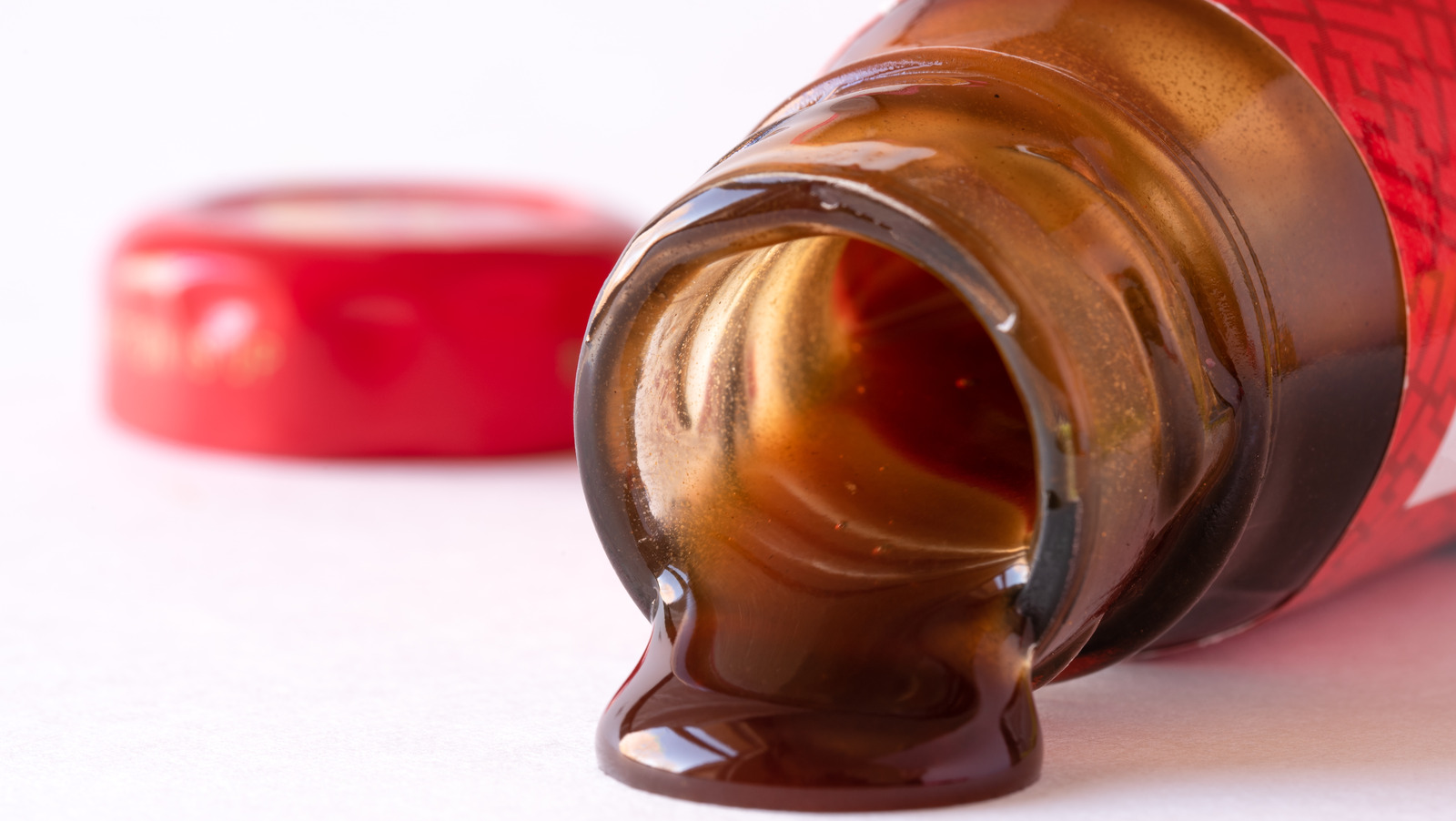

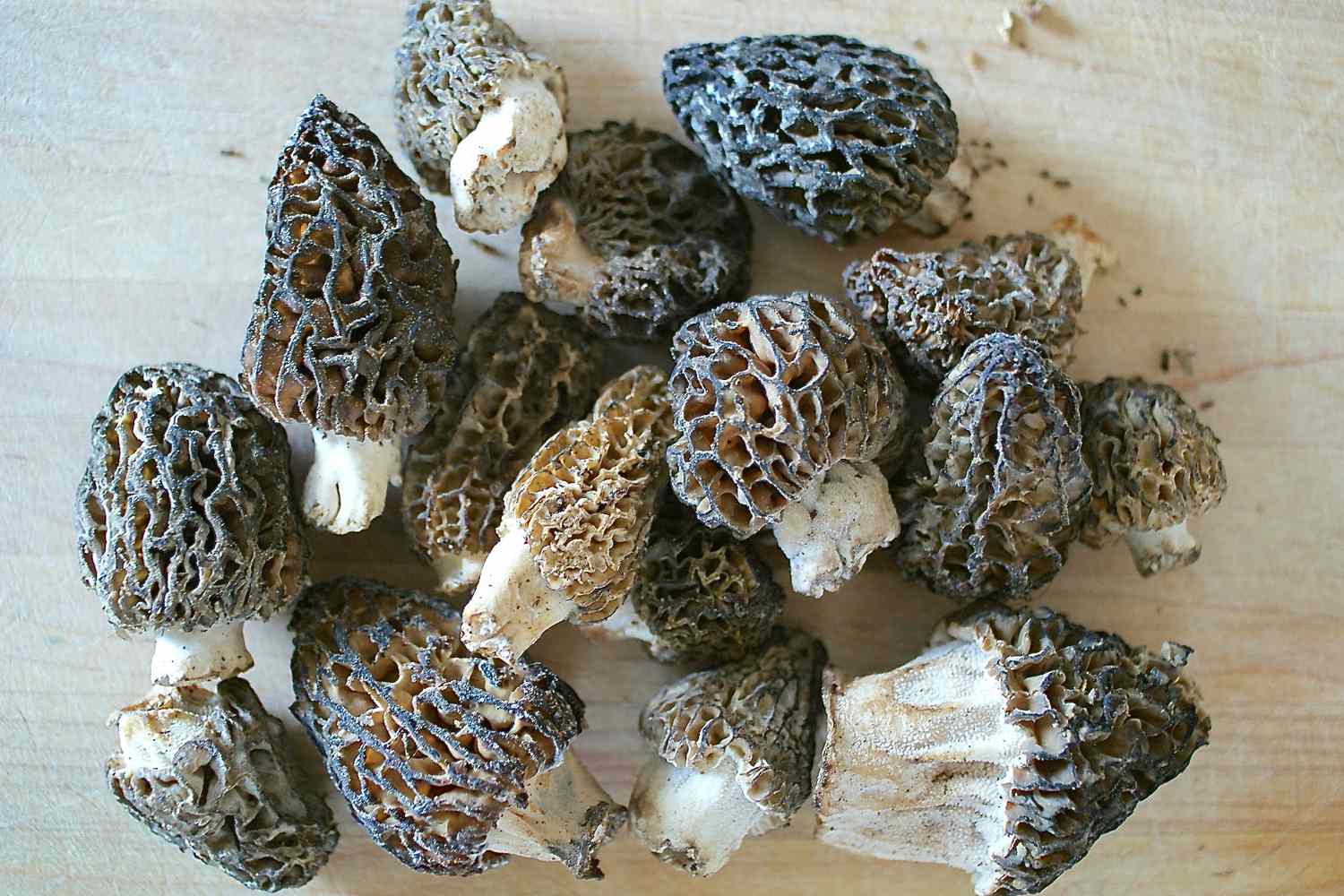
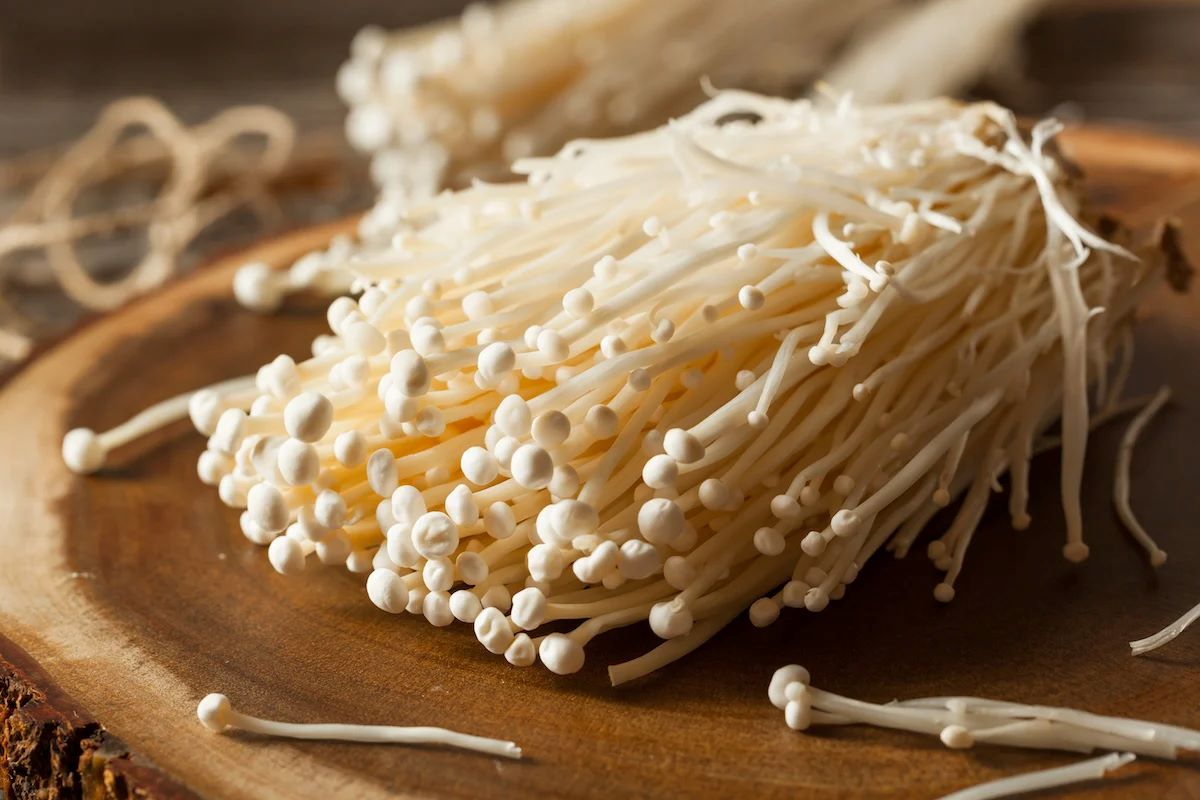
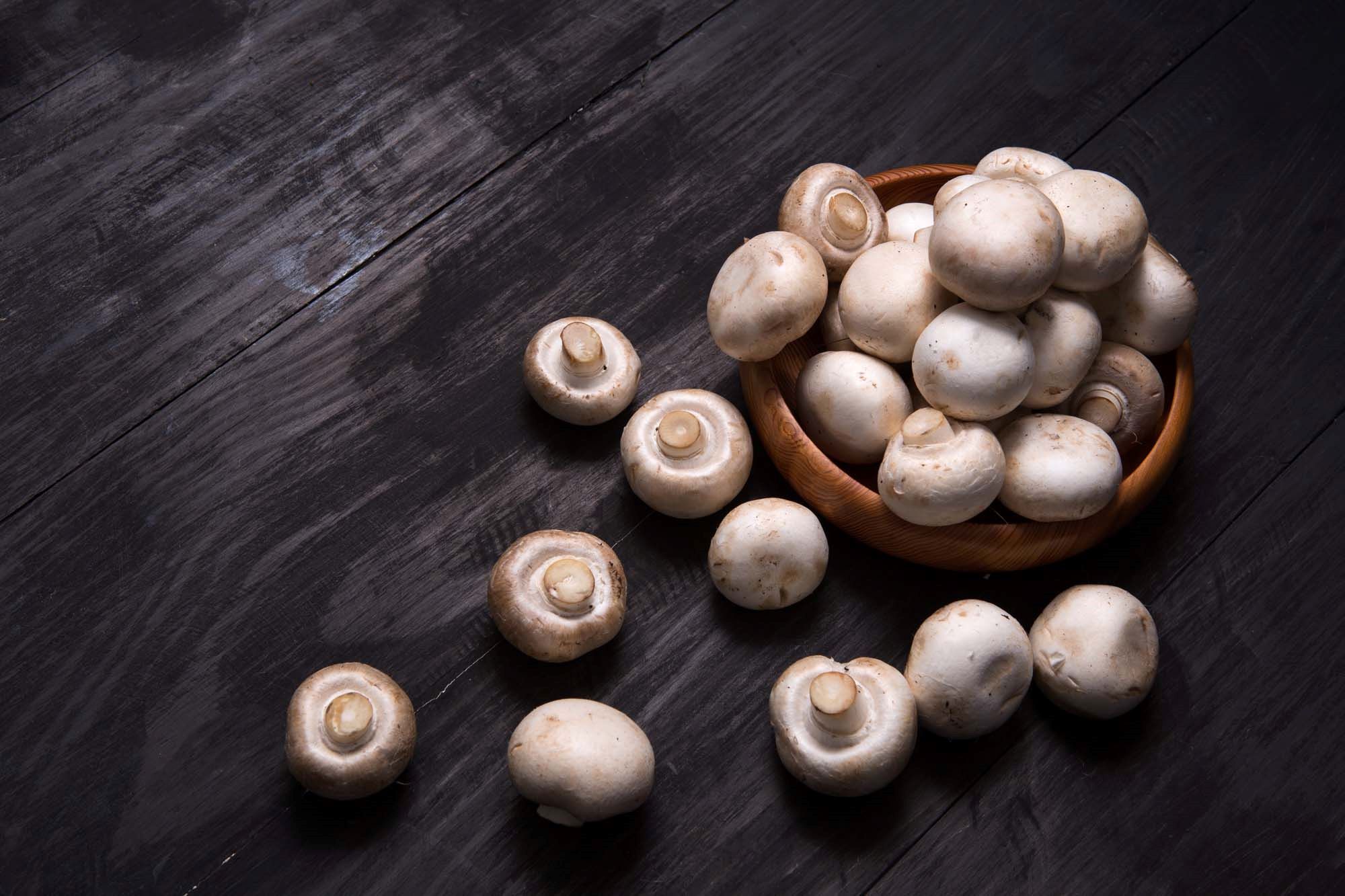
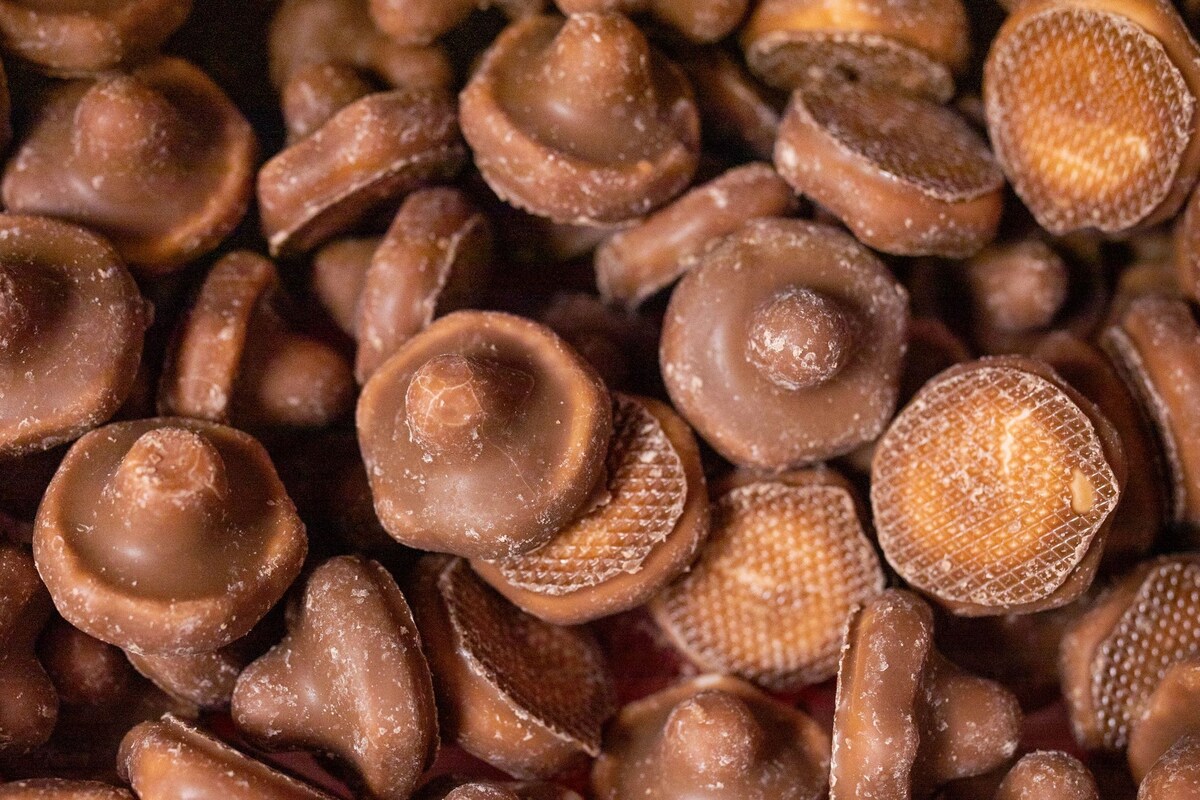
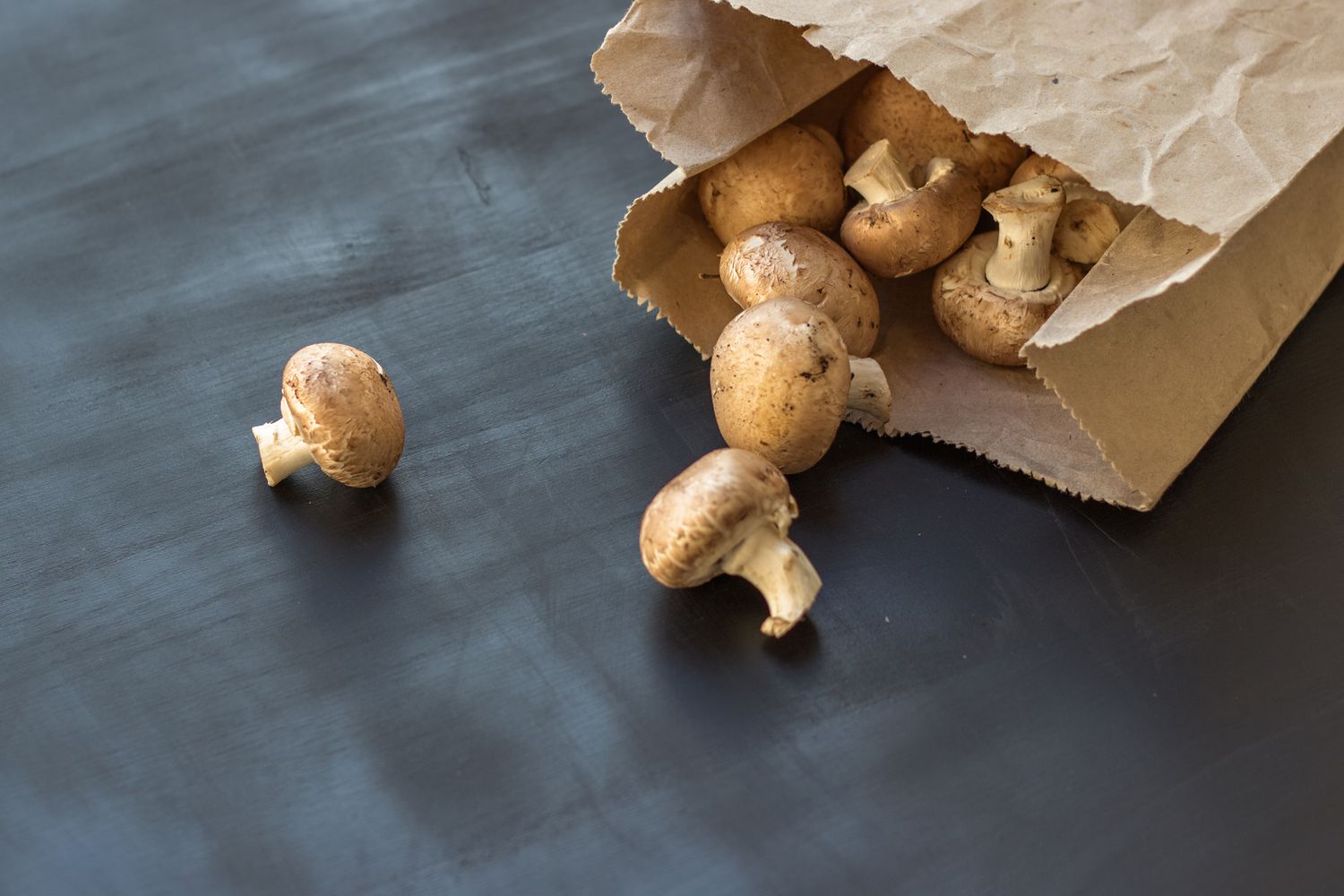
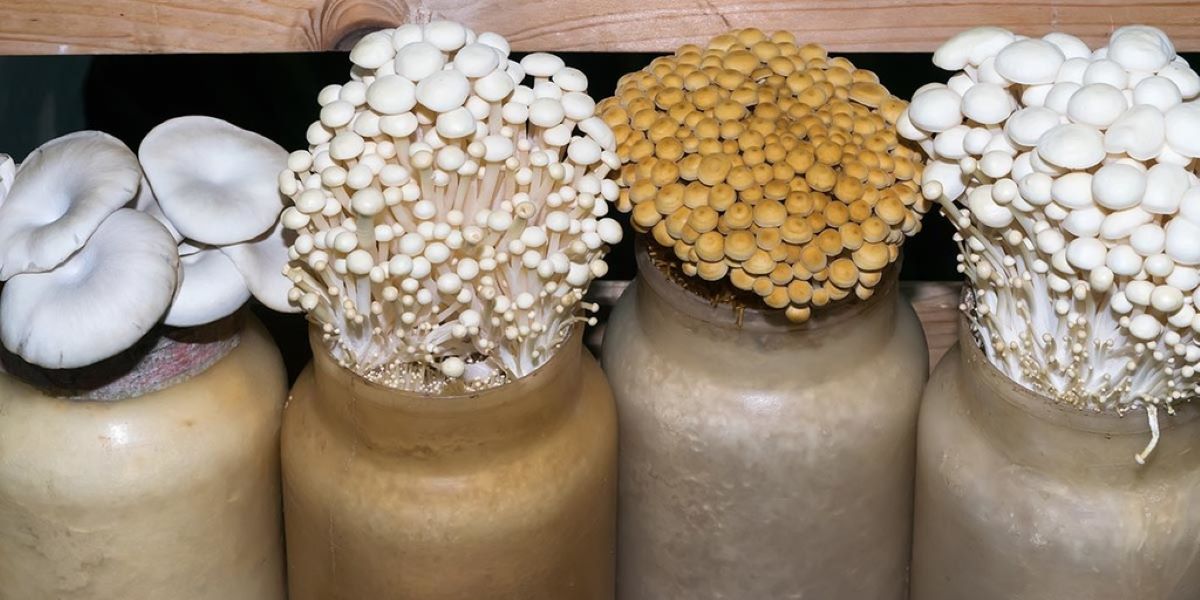
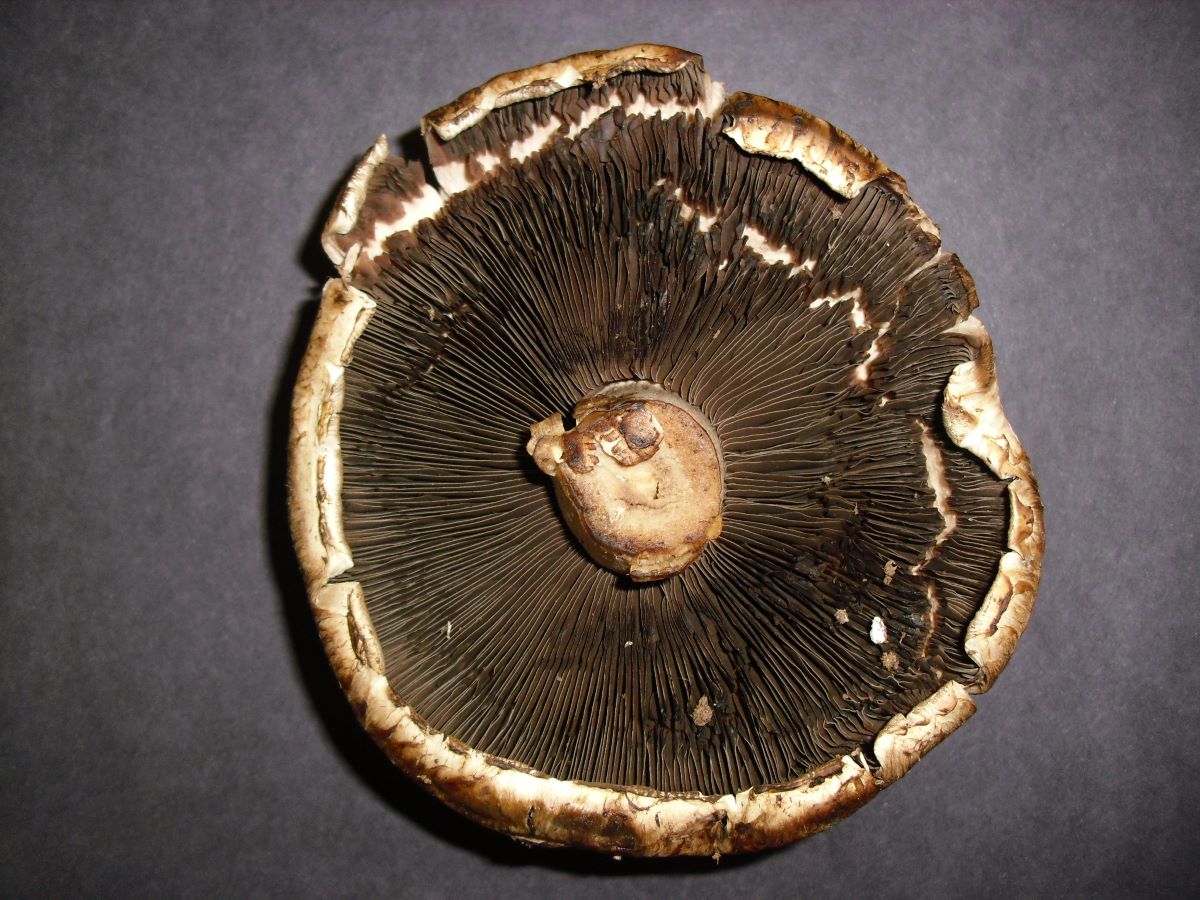
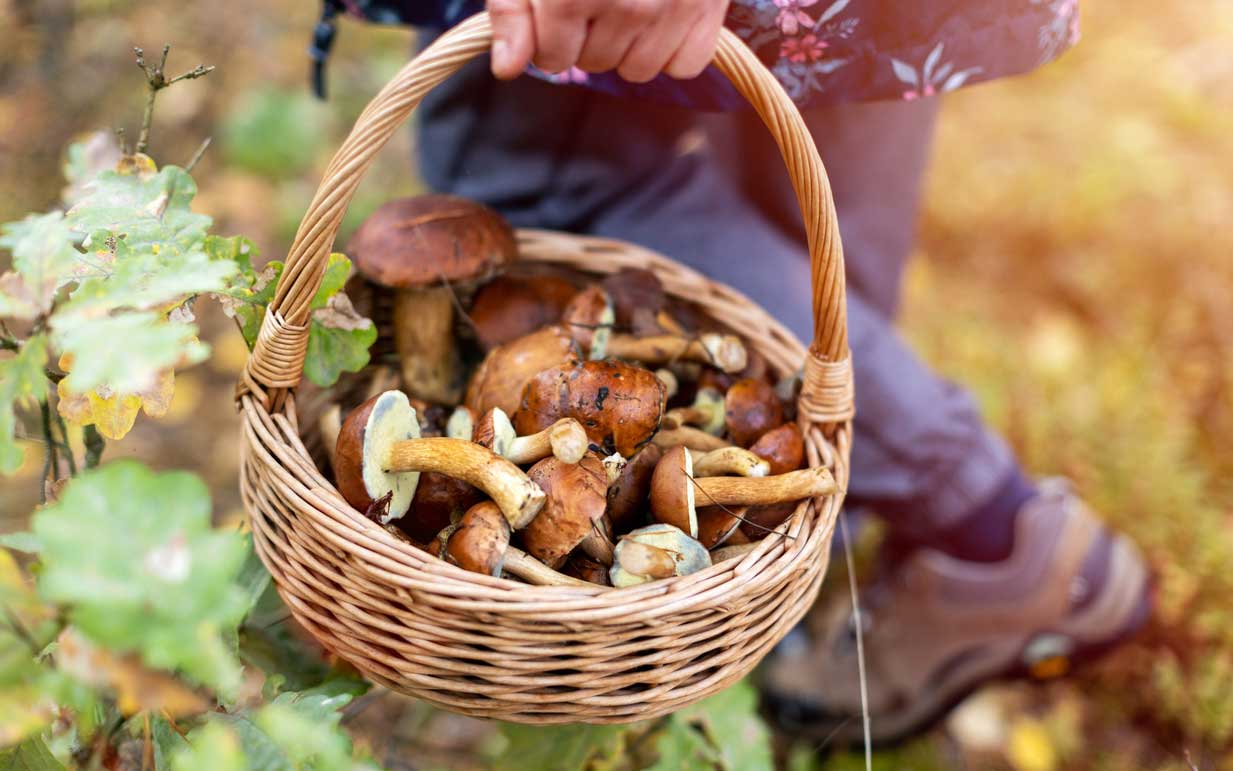
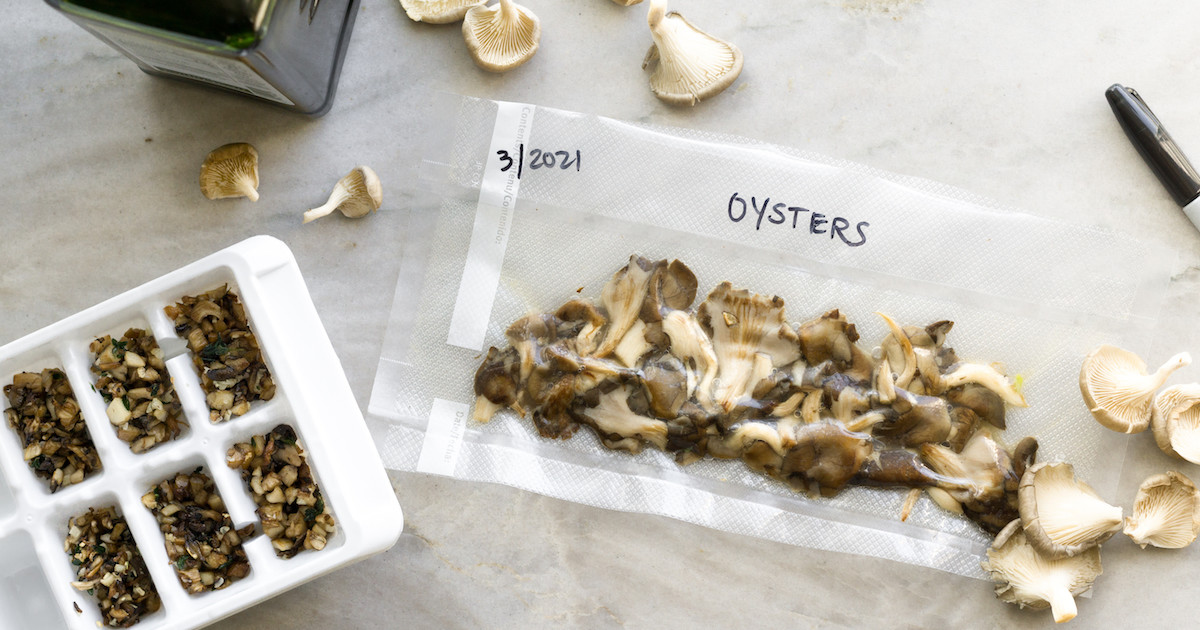
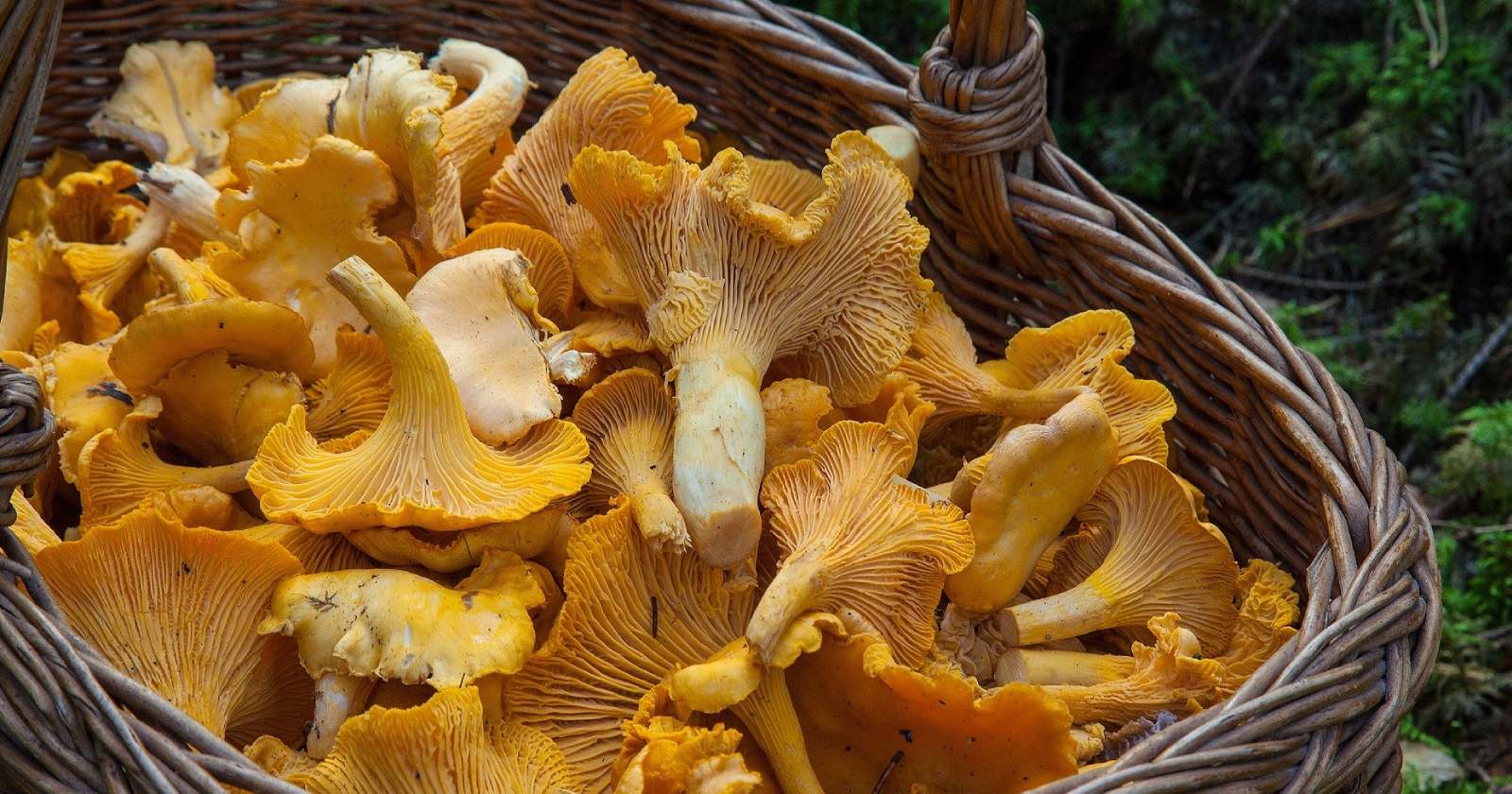
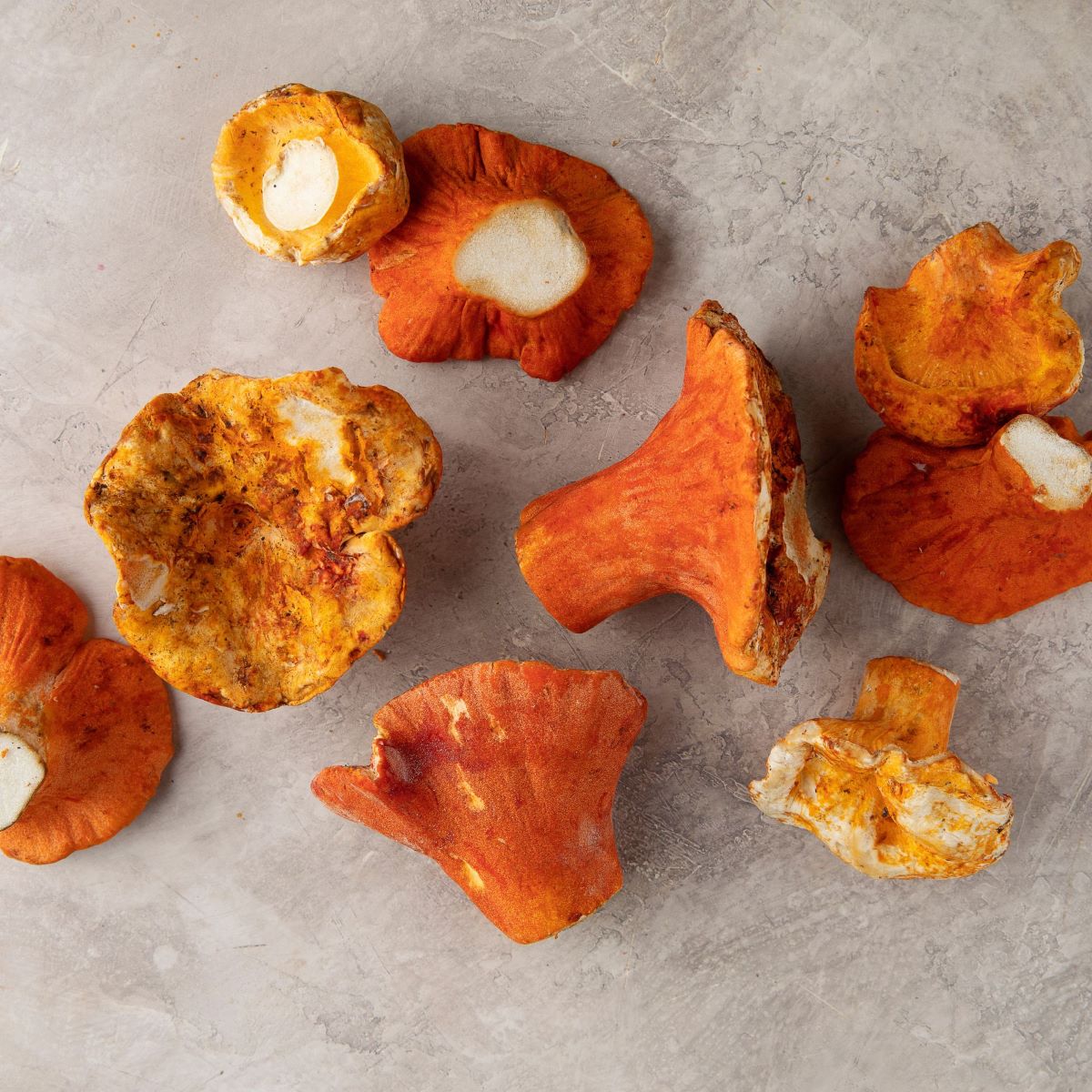
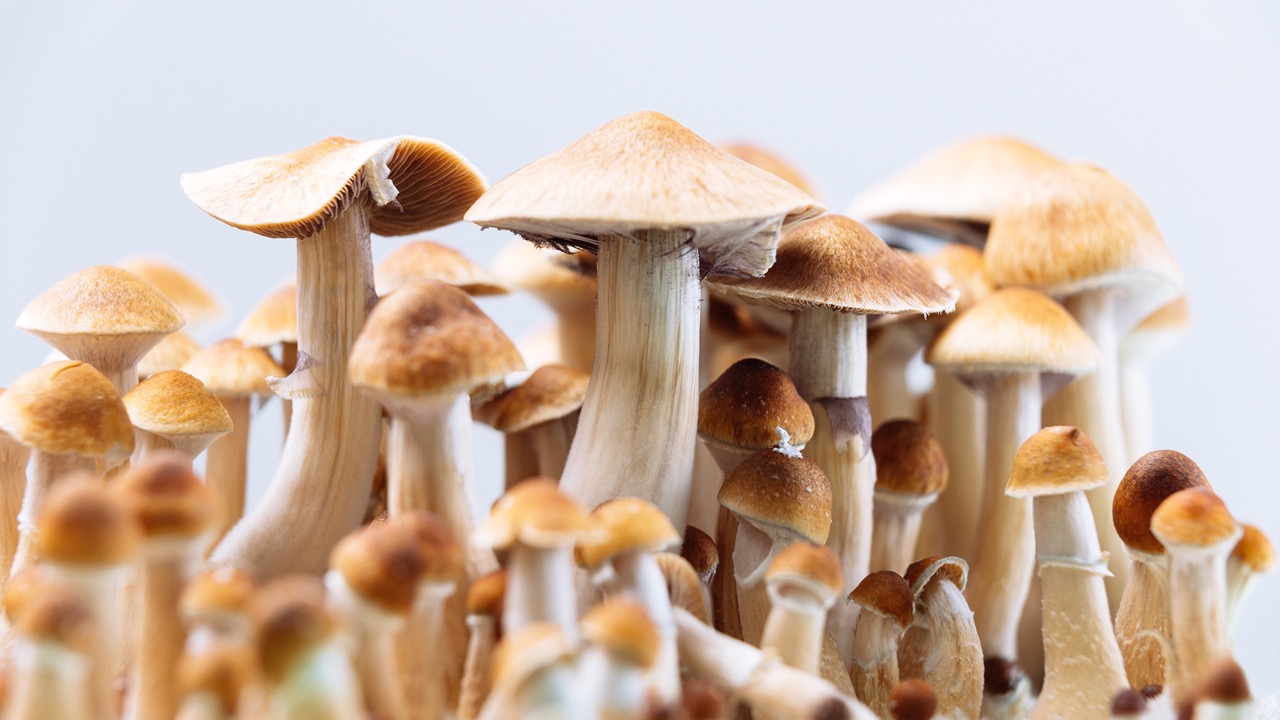

0 thoughts on “How To Store Oyster Mushrooms”